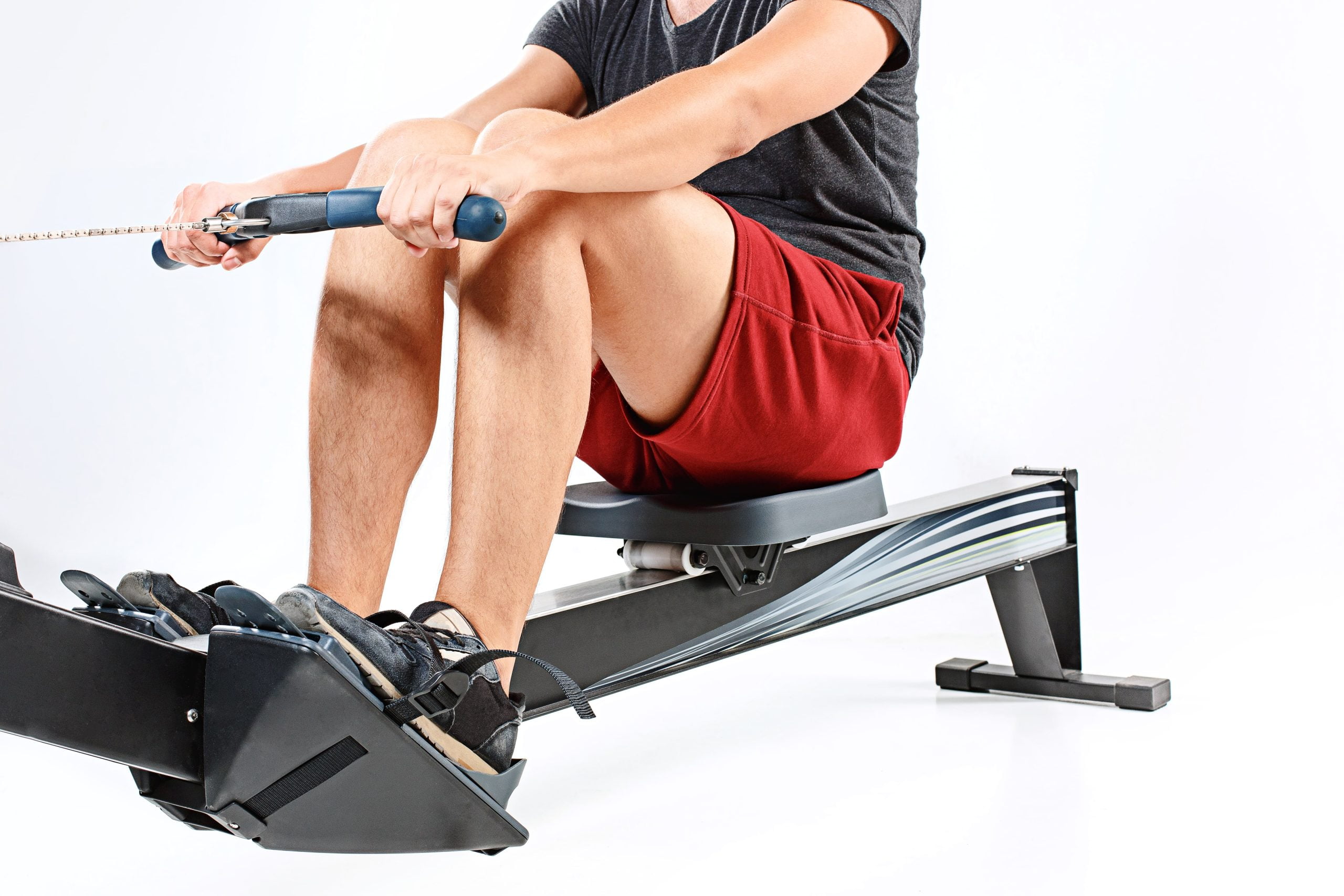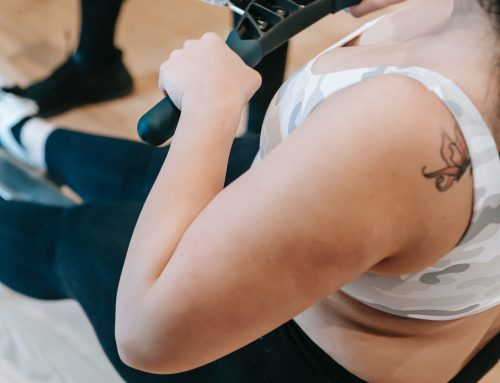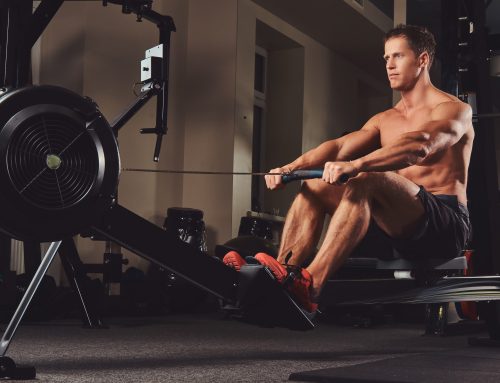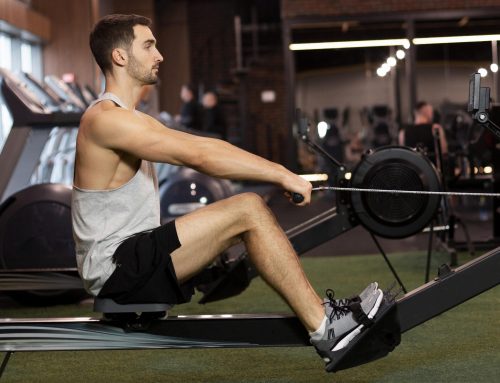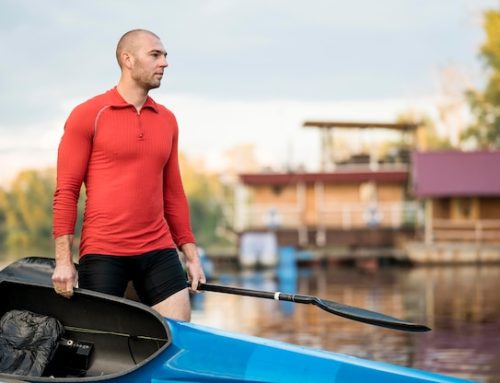The Power of Rowing: What Do Rowers Say When They Row?
As one of the oldest Olympic sports, rowing has a long and rich history that is steeped in tradition. From the ancient Greeks to the modern-day Olympians, the sport of rowing has always been synonymous with strength, endurance, and teamwork. While there are many technical aspects to the sport, one of the most fascinating aspects of rowing is the language that rowers use to communicate with each other.
The Basics of Rowing Communication
Rowing is a sport that requires a lot of coordination and teamwork. In order to row efficiently, rowers need to be in sync with each other, and this requires clear and concise communication. While there are many different types of communication that rowers use, the most basic form is the call and response. The coxswain – the person who sits at the back of the boat and steers – will call out a command, and the rowers will respond with an action.
Common Rowing Commands
There are many different commands that rowers use, but some of the most common ones include:
| Command | Response |
|---|---|
| “Ready, all, row!” | Rowers start rowing in unison. |
| “Hold water!” | Rowers stop rowing and hold their oars in the water. |
| “Let it run!” | Rowers stop rowing and let the boat glide forward. |
| “Take it up!” | Rowers increase the stroke rate. |
| “Power 10!” | Rowers do 10 powerful strokes to gain speed. |
Non-Verbal Communication
While verbal commands are important in rowing, there are also many non-verbal signals that rowers use to communicate with each other. For example, rowers might tap on the boat with their oars to indicate that they are ready to start rowing, or they might make eye contact with each other to signal that they are going to take a power stroke. Rowers also use their bodies to communicate – for example, they might lean forward or back to adjust the boat’s balance.
The Psychology of Rowing Communication
Rowing is a physically demanding sport that requires a lot of mental toughness as well. The way that rowers communicate with each other can have a big impact on their performance. When rowers communicate effectively, they can achieve a state of flow – a mental state where they are completely absorbed in the task at hand. When rowers are in this state of flow, they are able to row more efficiently and with more power.
The Importance of Trust in Rowing Communication
One of the keys to effective rowing communication is trust. Rowers need to be able to trust their coxswain to give them the right commands at the right time, and they need to be able to trust each other to do their jobs and work together as a team. When rowers trust each other, they are able to row with more confidence and enthusiasm, which can lead to better performance and greater success.
The Role of Communication in Rowing Success
In conclusion, communication is a crucial element of rowing success. Rowers use a combination of verbal and non-verbal communication to work together as a team, and this communication can have a big impact on their performance. By using clear and concise commands, building trust, and working together as a team, rowers can achieve a state of flow and achieve their goals. Whether you are a seasoned rower or just starting out, effective communication is essential for success on the water.
